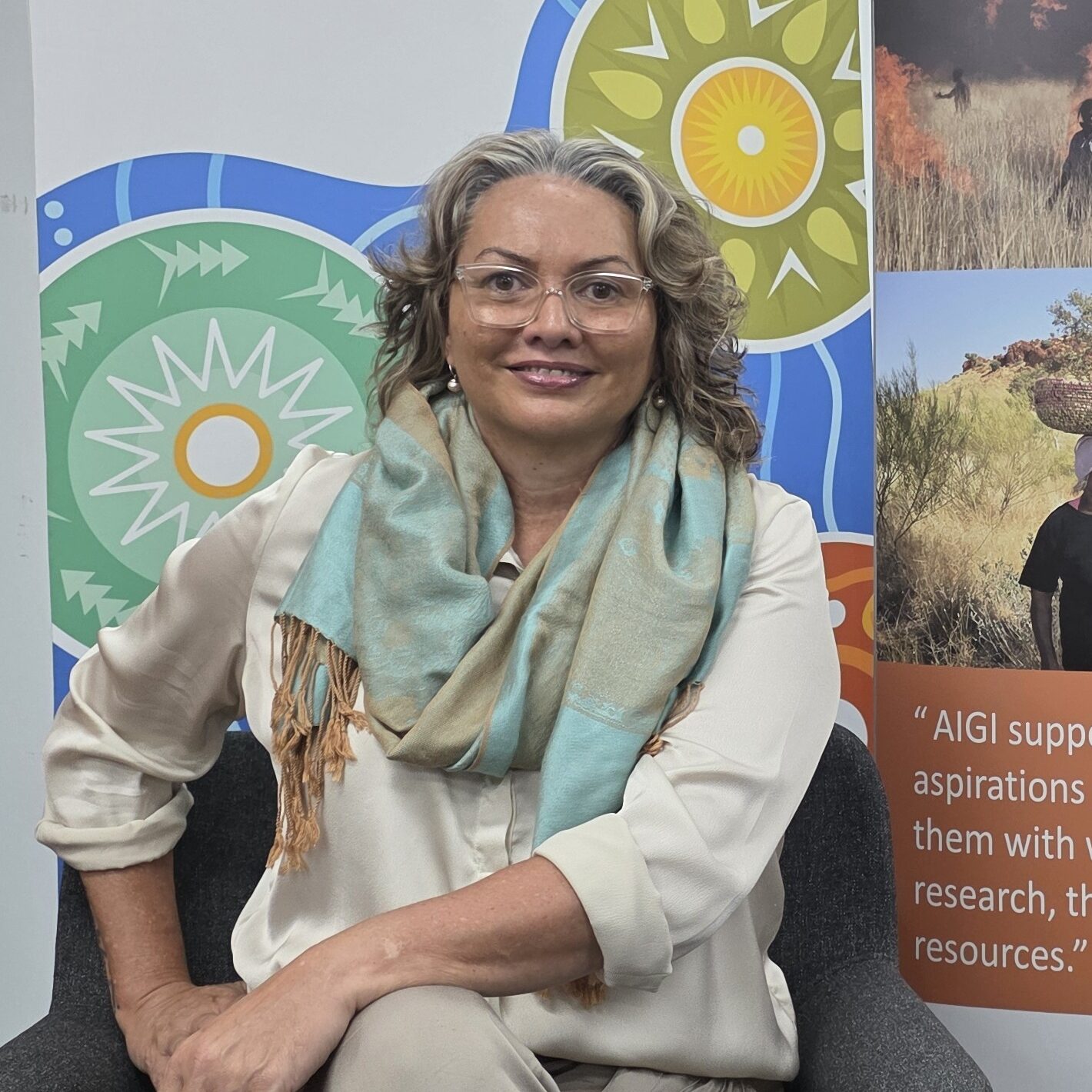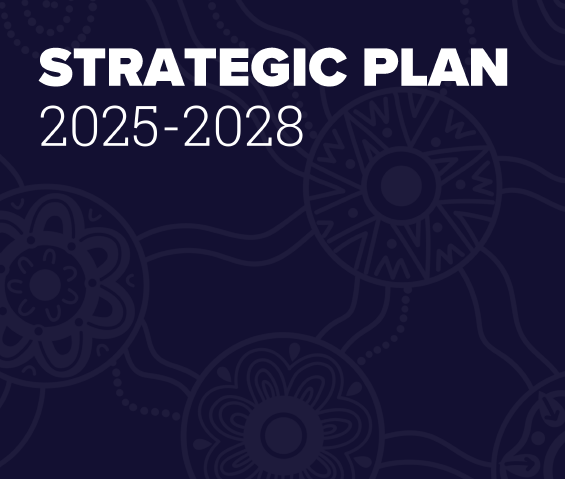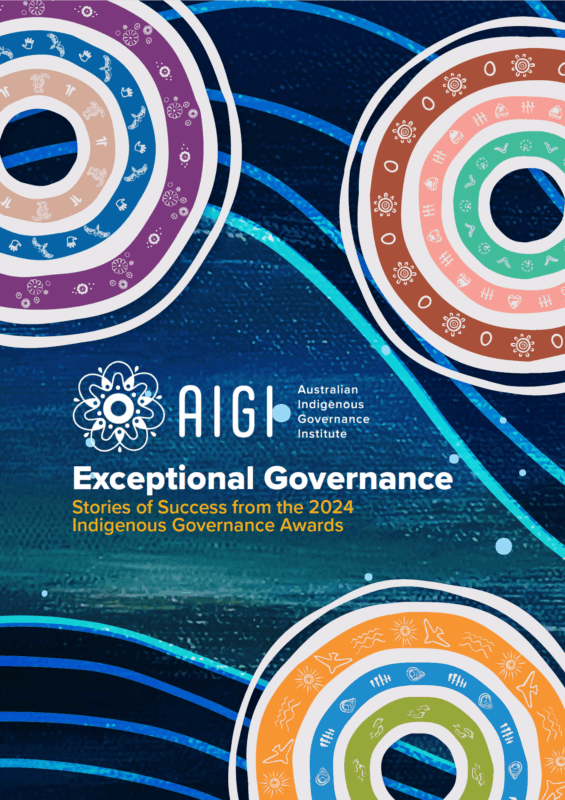This resource offers a comprehensive self-analysis tool to help your group assess each stage of the data lifecycle, enabling reflection and highlighting opportunities to strengthen community decision-making (119KB...
KIMBERLEY ABORIGINAL LAW AND CULTURE CENTRE

Culture and governance
Kimberley Aboriginal Law and Culture Centre (KALACC) is the Kimberley Region’s Peak Indigenous Law and Culture Centre. KALACC’s mission is the maintenance and promotion of the traditional cultures of the 30 language groups of the Kimberley region of Western Australia.
KALACC has a Board of Directors consisting of 12 Directors who are elected to hold office for a term of two years. In addition to the 12 elected Directors, there are six people who hold the title of Special Adviser. These people are honorary life members of the organisation and are not elected to the board but are senior cultural leaders of the Kimberley.
KALACC has found that having Special Advisors allows the Board to maintain a sense of stability and continuity despite having biannual elections. Having Special Advisers as life members means they are able to pass on their corporate and governance knowledge in the event of an entirely new Board of Directors being elected as well as ensuring that the accepted standards of cultural governance are observed and maintained within the organisation.
“KALACC is not confused about its identity, purpose or function. We are somewhat unique in the cultural and organisational landscape of Australia. Since 1985 KALACC has existed for the express purpose of maintaining and promoting the cultures of the 30 language groups of the Kimberley region of Western Australia.”
Given its function and purpose, the membership of KALACC has naturally been the people who speak the languages and practice the cultures that KALACC aims to promote.
![]()
KALACC represents themselves through a simple diagram of concentric circles.
“At the very core are the senior cultural bosses, the law men and women of the Kimberley. These people may not be KALACC Directors but they are KALACC members and they are our clientele. The next circle out is the middle aged to elder group who are themselves cultural leaders and who liaise closely with the inner circle of cultural bosses. The next circle out are the staff and others associated with the organisation who are tasked with the responsibility of enacting the wishes of the Directors. Next circle out is the broader membership of the Kimberley. And the final circle is the outside world”.
There are many reasons why KALACC believes its governance model works so well, but at its core is the fact that they have a very clear sense of who they are and what they do.
“KALACC is the vehicle for the elders and cultural bosses of the Kimberley region to express their views on a range of topics and to advocate for the importance of culture”.









.png)

